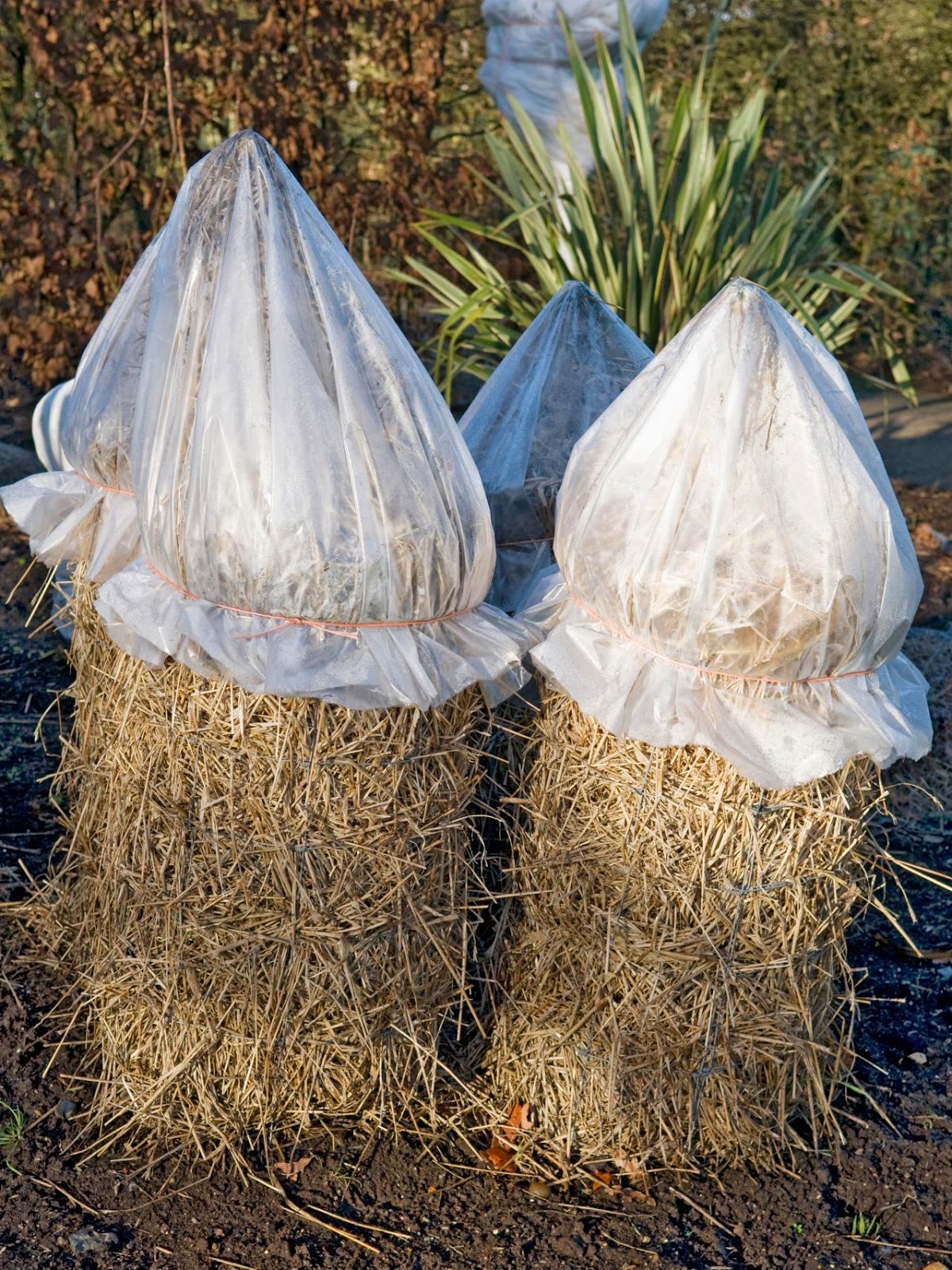 |
| What is wasabi? |
Commonly known as the Japanese horseradish, the wasabi plant - Wasabia japonica is an edible herbaceous perennial whose natural habitat is found partially submerged along mountain stream beds in Japan. Despite certain similarities the wasabi plant isn't a close relation to the European horseradish - Armoracia rusticana, syn. Cochlearia armoracia, although they are both genera of the Brassicaceae family. Conversely, in Japan the horseradish is known as European wasabi!
 |
| Wasabi in ts native habitat |
Wasabi has been apart of Japanese cuisine for thousands of years, in fact archaeological evidence has shown that the ancient Japanese were eating wasabi as early as 14,000 B.C. Although rare to find and notoriously difficult to bring under cultivation, the use of wasabi was widespread by the 16th century but the cost of production restricted its use to the Japanese ruling class. Be that as it may, the production both improved and increased with the rise in popularity of sushi, when wasabi became the preferred flavouring. In sushi preparation, the wasabi is usually placed between the fish and the rice because covering wasabi until served preserves its flavor. Wasabi was also prized for its ability to counteract food poisoning.
 |
| Preparing wasabi |
Using a wasabi brush that should have been purchased with the grate, remove the wasabi onto a wooden or ceramic surface as the steel surface of the grate will speed up the oxidation process and affect the flavour. Wasabi loses its flavour after 15-20 minutes when exposed to air so gather the paste into a ball as this minimizes contact with the air and prolongs the flavour. Let it rest at room temperature for up to 5 minutes to allow the flavours to develop, then it’s ready to serve. You can improve the flavour of an older wasabi ball by grating a little fresh wasabi onto the pile and gathering it up into a ball again.
Although eaten in very small amounts, you may be interested to know that wasabi is very low in cholesterol and sodium and is a source of dietary fibre and vitamin C. Wasabi is also a good source of Vitamin B6, calcium, magnesium, potassium and manganese.
For related articles click onto the following links:
HOW TO GROW BRASSICAS FROM SEED
HOW TO GROW CHAMOMILE
WHAT IS A BULB?
WHAT IS AN F1 HYBRID?
WHAT IS A PERSIMMON?
WHAT IS QUINOA?

























.jpg)






















